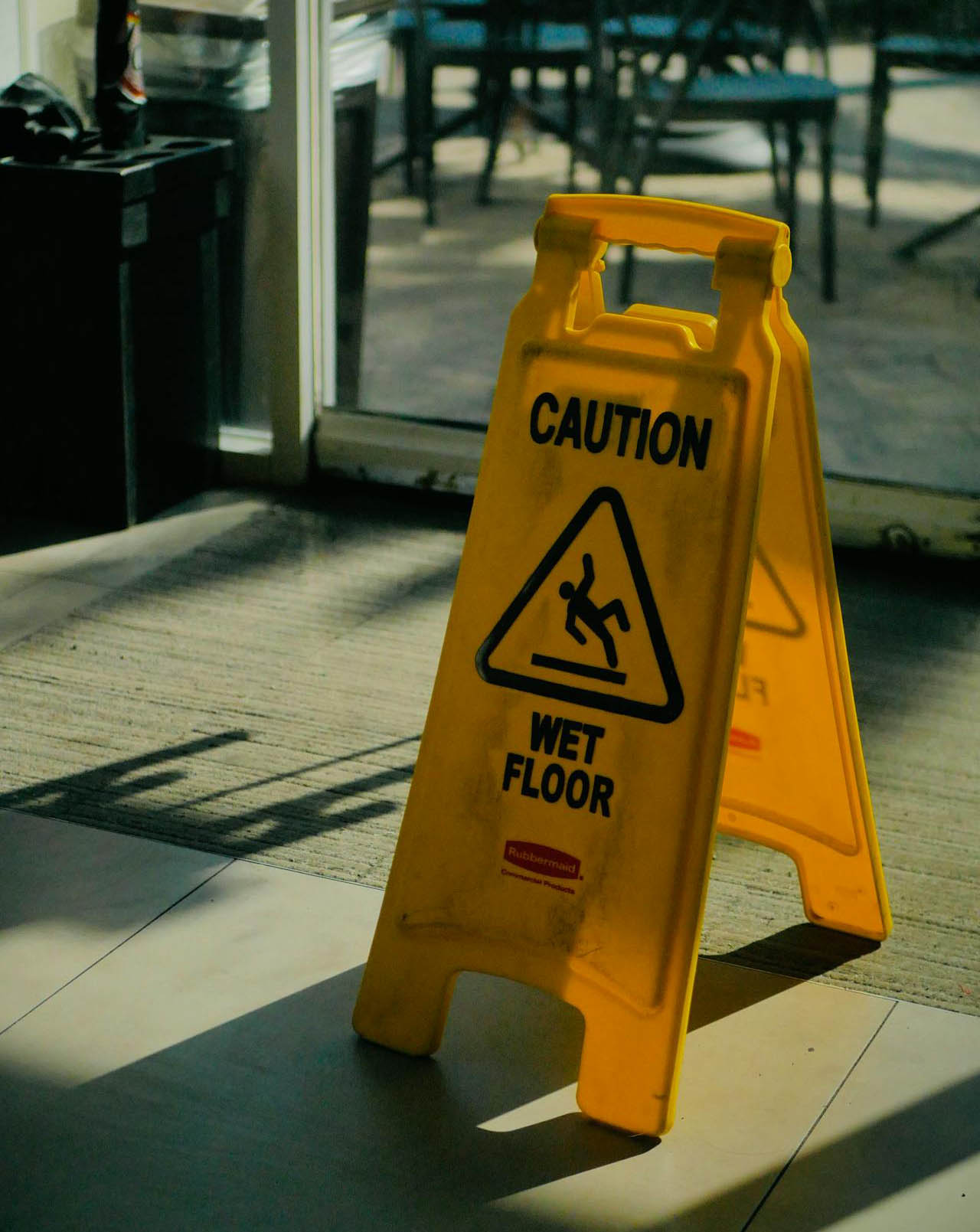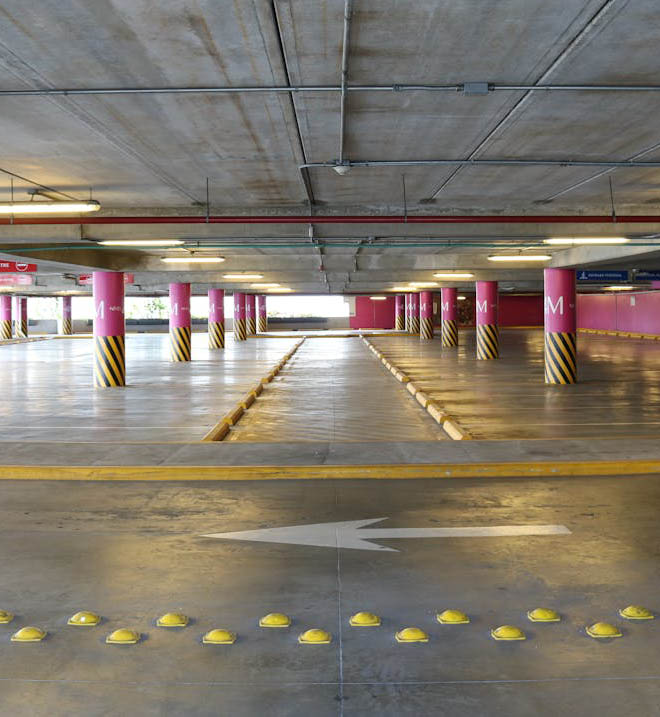Those areas in which appropriate control measures ensure an area remains dry and clean when in use.
Those areas that are intended to be kept dry such as by the provision of design features (awnings, drains, mats, air locks etc.)
Those areas that are not defined as a dry or transitional area, which may be either constantly or intermittently wet or otherwise contaminated.

Our passion for this business grows out of the fact that slip-and-fall injuries can be devastating, life-changing events, particularly for our older and most vulnerable citizens.
But the fact is, both young and old are susceptible to the devastation of slip-and-fall injuries. Yet there are simple and inexpensive steps that can be taken to reduce the likelihood of a devastating injury.
Remember, after a fall occurs, it’s too late to engage in slip-prevention. The time to prevent a fall is before it happens!
Slip Test Services
Slip Test Specialists are the experts in slip resistance testing of floors
via both a wet test method and dry test method.

Onsite Wet Testing
Used to assess the slip resistance of pedestrian flooring surfaces and risk of slipping.

Onsite Dry Testing
Measures the slip resistance of pedestrian floors in a dry condition onsite.

Safety Report Program
Our reports can help with verification of your property’s yearly compliance.

Product
Testing
Apply slip ratings to construction materials and new buildings via our lab.
Safer Pedestrian Flooring Surfaces
Areas tested for slip resistance include:
- Walkways – Internal & External
- Loading Docks
- Cool rooms & Store rooms
- Car parks
- Food Courts
- Communal changing rooms
- Foyer / Entrances
- Lift lobby’s & Concourse areas



